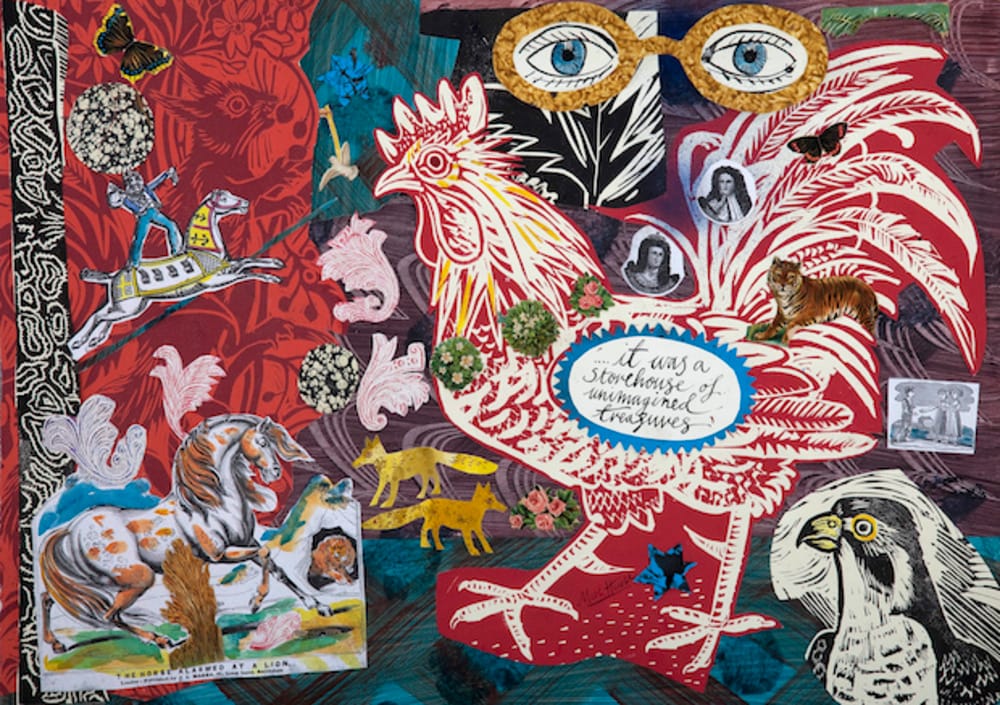As York Art Gallery opens after an £8million redevelopment, Laura Snoad went to meet artist Mark Hearld to discuss a new show which pairs his work against gems from the York Museum Trust’s collection.
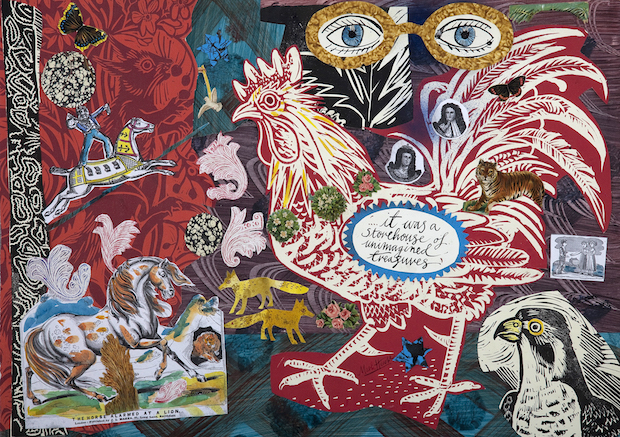
Enlisting artists’ abilities to collect and curate artefacts is something of the zeitgeist this year, with the Barbican’s landmark show Magnificent Obsessions sending smaller ripples elsewhere around the country. The incentive for this method of presenting objects, as Magnificent Obsessions curator Lydia Yee pointed out in February, is that artists (unlike museum staff and academics) have a certain amount of freedom with how they select, organise and caption artefacts, and can abandon conventions of best practice for a more experimental and creative approach.
This is certainly true of Mark Hearld’s TheLumber Room – just one of a suite of top-notch exhibitions commissioned for the launch of York Art Gallery, which reopened on 1 August following an £8 million renovation by architects Ushida Findlay and Simpson & Brown. Hearld is a printmaker and painter who specialises in expressively rendered depictions of wildlife and plants. But his pieces are far from pastoral: there’s strong characterisation and humour, but also an intensity and, occasionally, darkness that speaks of the witchy underbelly of the British natural landscape.
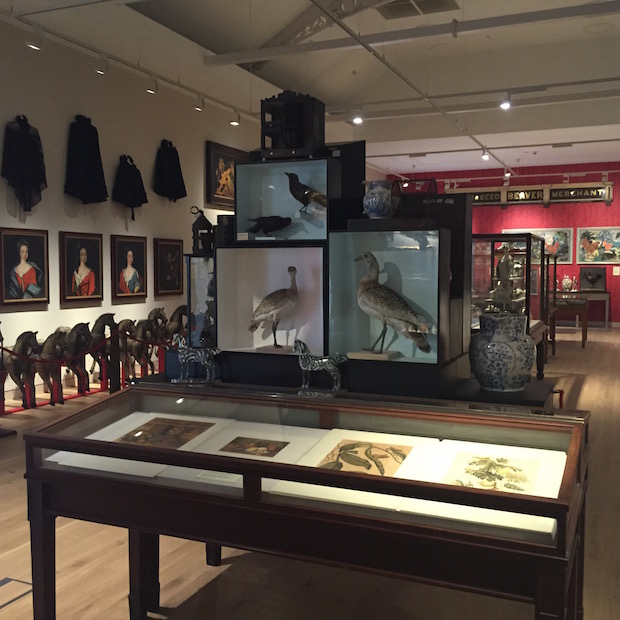
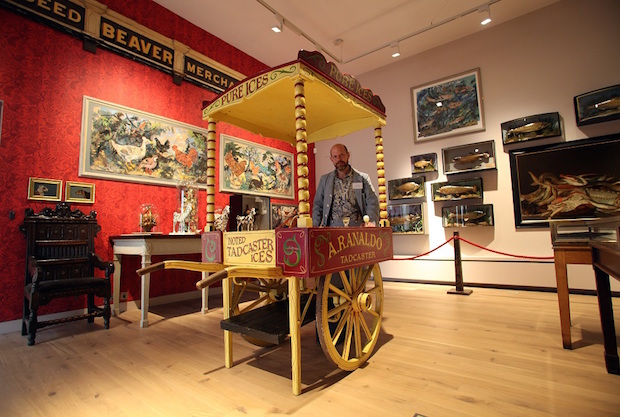
When it works well, artists can bring objects together with feeling.
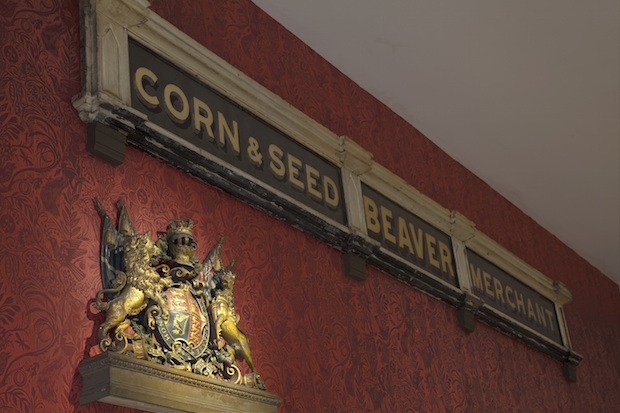
Hearld’s exhibition for York Art Gallery is a similar mix of joyful, odd and esoteric objects, which draws on his interest in the eccentricities of British folk art, taxidermy and crafts. Cabinets of taxidermy spoonbills sit adjacent to a crowded hoard of creamware and ceramics, as well as paintings by Edward Burra, a row of rather sombre rocking horses (echoed by a seahorse-shaped ship’s figurehead in startling gold leaf), scarlet military uniforms, clogs and an ornately painted wooden ice-cream cart.
“When it works well, artists can bring objects together with feeling,” says Hearld of the appeal of inviting artists to recontextualise museum collections. “If I succeed, I hope people will be able to engage with the objects in the way that I do, probably in a different way, but in a rich way. I'm not looking at the collection purely in an academic sense, I'm creating a display in a way that thinks about the room like a three-dimensional collage…bringing things side by side and making them speak to each other.”
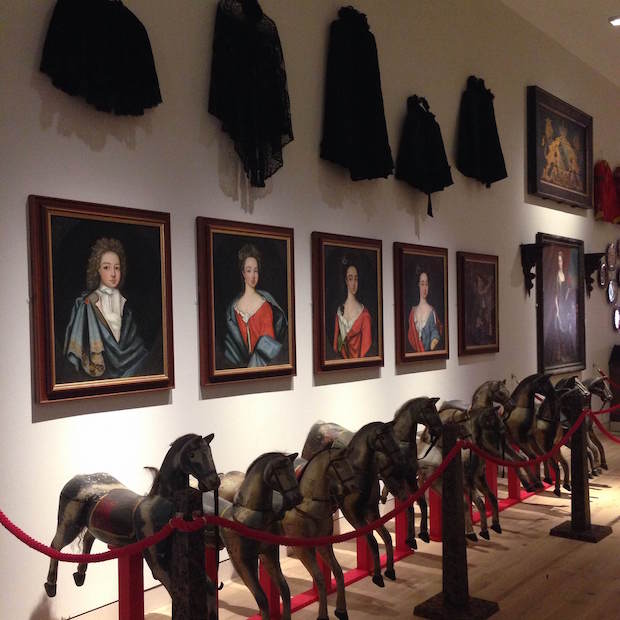
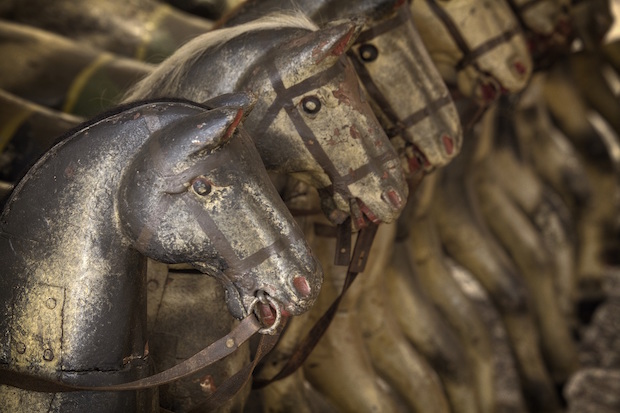
Called The Lumber Room: Unimagined Treasures after a Saki story which features a locked room of treasures so incredible they cannot be imagined, the show features pieces selected by Hearld from the stores of York Art Gallery, Yorkshire Museum and York Castle Museum, many of which had not been seen by the public for some time. “I'm passionate about objects of all kinds and what I really wanted to do was demonstrate the breadth of York Museum Trust's collection in a very vivid way, not only looking at fine art but also social history artefacts and popular and folk art,” Hearld adds.
Collecting is something that Hearld has long practiced, transforming his own home into a walk-in artwork filled with a cornucopia of objects that go on to inform his prints, paintings and ceramic works. Many of the paintings Hearld has chosen present parallels with his own work. For example, Mary Fedden’s Blue Striped Table Cloth echoes Hearld’s use of texture, brushstrokes and palette. Characterisation is a huge element both of Hearld’s work and of the exhibition, with the artist demonstrating an attraction to the humorously endearing. Two adjacent frames house the rather comic scene of two bulging-eyed dogs snarling at each other, another pair of paintings show a mischievous women sending a distraught man (her love perhaps) a drawing of an ass, and the figures in The Lumber Room’s excellent collection of English delftware look more like Brad Neely cartoons than royal portraits.
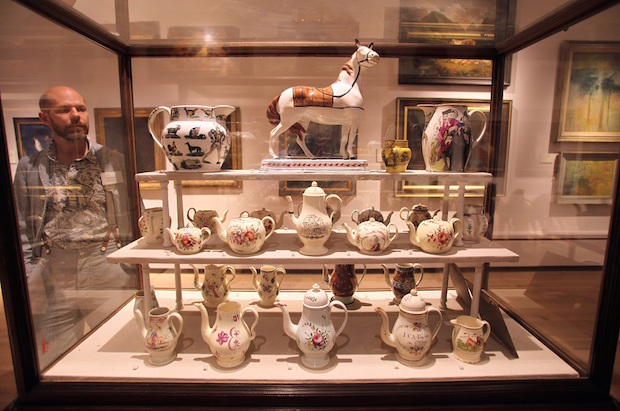
I'm not looking at the collection purely in an academic sense, I'm creating a display in a way that thinks about the room like a three-dimensional collage.
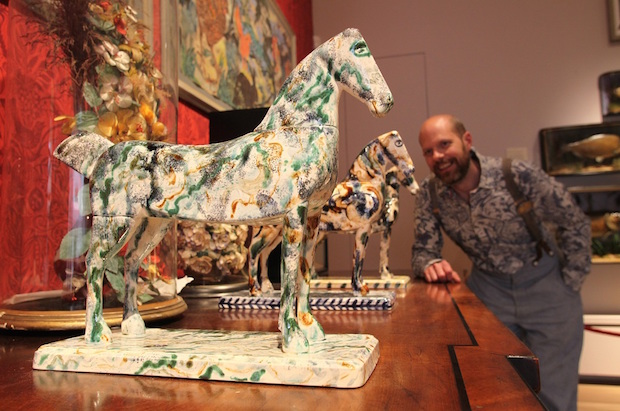
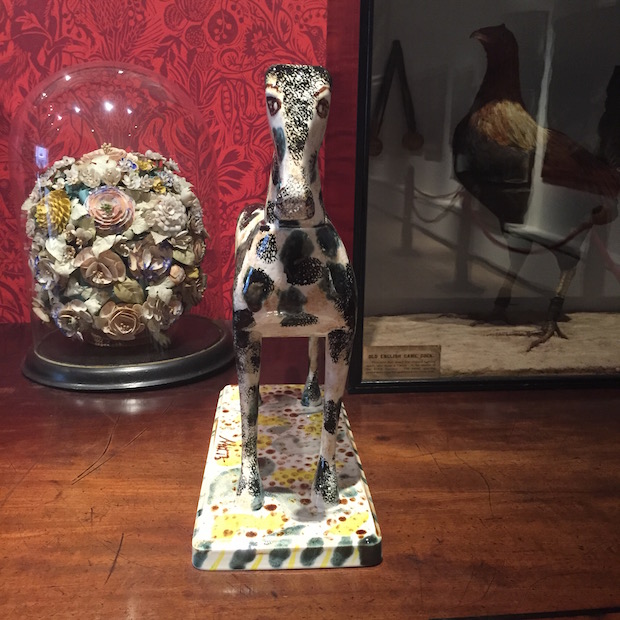
Hearld too created work for the exhibition inspired by some of the objects he admired. Struck by the Museum’s collection of Leeds horses (ceramic figurines that tested the potteries’ skills by combining a large body on thin earthenware legs), Hearld made a slip cast of a wooden horse he’d picked up in flea market in Berlin, and worked with potters in Stoke to develop it into a series of equine statues. His sketchbooks are displayed alongside a number of historic scrapbooks and collage works, and Hearld has developed a souvenir booklet and items for the shop inspired by some of his favourite of the Trust’s pieces.
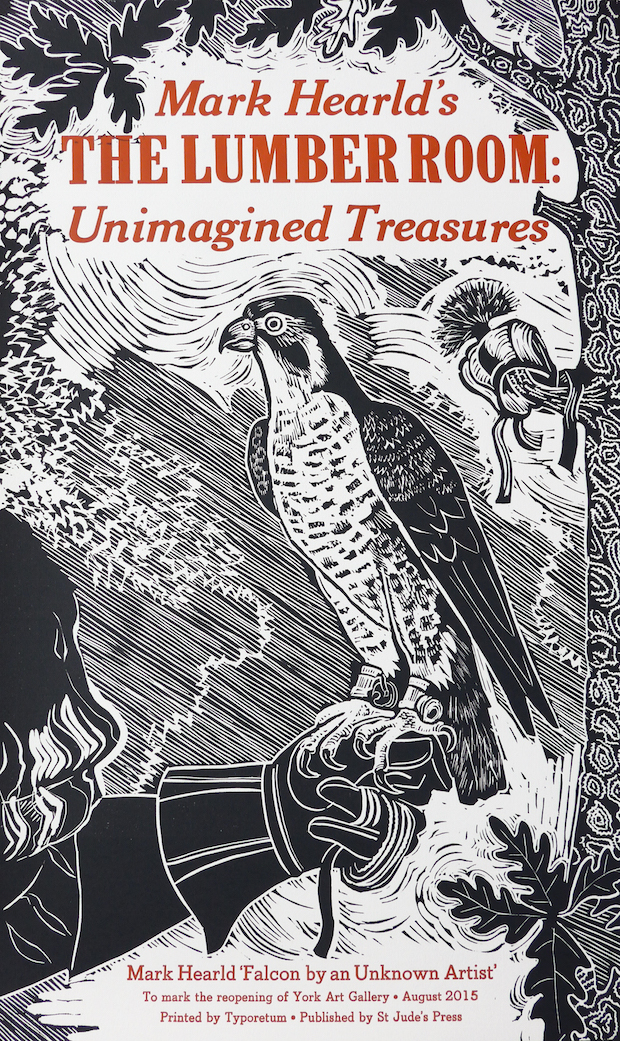
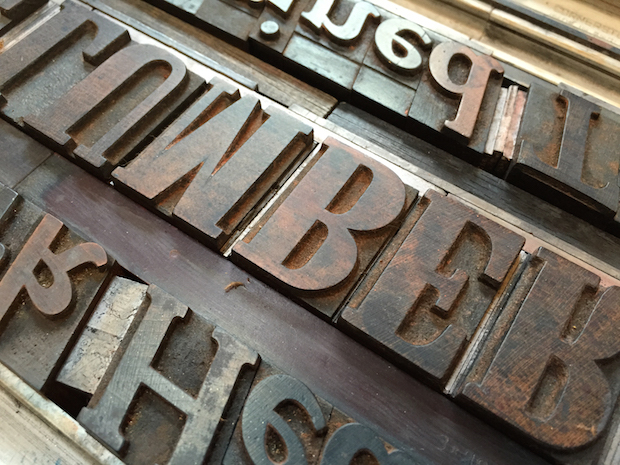
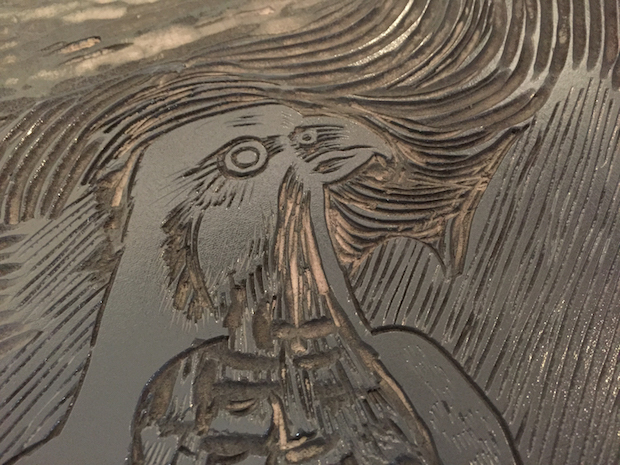
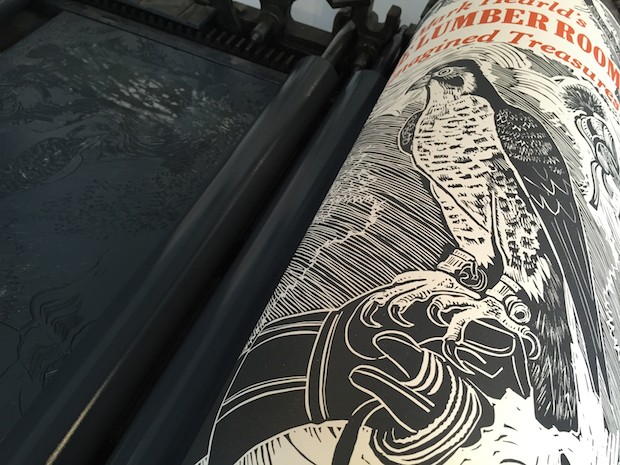

What’s most impressive about the exhibition is how naturally the anachronistic objects work together, and how Hearld has hinted at themes, such as the idea of the gallery’s make-over – most notably in Dudley Holland’s 1950 work Art Gallery: Transition which depicts the hanging of a show at the York institution some years previously. This ability to ‘collage’ pieces together is obvious in Hearld’s two-dimensional work, but the process of transferring the idea to three dimensions was a bit of a risk for the gallery. “I think the curatorial team thought I would lay pictures out on the computer first,” Hearld explains how he only arranged his final selections on-site. “It was terrifying until I got here because I'd just been choosing objects, thinking that there were so many if and buts as to what would be possible. Luckily when I got into the space, I just intuitively knew where to place things.” The result is an uplifting show that inspires curiosity, and reveals both the ‘art’ in historical pieces and the unique thinking that feeds into Hearld’s practice. The risk certainly paid off.
The Lumber Room: Unimagined Treasures by Mark Hearld
Until 1 November 2015
York Art Gallery, York
yorkartgallery.org.uk

